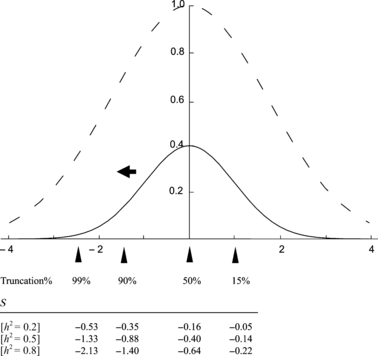Fitness of hatchery-reared salmonids in the wild
- PMID: 25567636
- PMCID: PMC3352433
- DOI: 10.1111/j.1752-4571.2008.00026.x
Fitness of hatchery-reared salmonids in the wild
Abstract
Accumulating data indicate that hatchery fish have lower fitness in natural environments than wild fish. This fitness decline can occur very quickly, sometimes following only one or two generations of captive rearing. In this review, we summarize existing data on the fitness of hatchery fish in the wild, and we investigate the conditions under which rapid fitness declines can occur. The summary of studies to date suggests: nonlocal hatchery stocks consistently reproduce very poorly in the wild; hatchery stocks that use wild, local fish for captive propagation generally perform better than nonlocal stocks, but often worse than wild fish. However, the data above are from a limited number of studies and species, and more studies are needed before one can generalize further. We used a simple quantitative genetic model to evaluate whether domestication selection is a sufficient explanation for some observed rapid fitness declines. We show that if selection acts on a single trait, such rapid effects can be explained only when selection is very strong, both in captivity and in the wild, and when the heritability of the trait under selection is high. If selection acts on multiple traits throughout the life cycle, rapid fitness declines are plausible.
Keywords: adaptation; captive breeding; conservation genetics; selection.
Figures



References
-
- Alvarez D, Nicieza AG. Is metabolic rate a reliable predictor of growth and survival of brown trout (Salmo trutta) in the wild. Canadian Journal of Fisheries and Aquatic Sciences. 2005;62:643–649.
-
- Araki H, Blouin MS. Unbiased estimation of relative reproductive success of different groups: evaluation and correction of bias caused by parentage assignment errors. Molecular Ecology. 2005;14:4097–4109. - PubMed
-
- Araki H, Ardren WR, Olsen E, Cooper B, Blouin MS. Reproductive success of captive-bred steelhead trout in the wild: evaluation of three hatchery programs in the hood river. Conservation Biology. 2007a;21:181–190. - PubMed
-
- Araki H, Cooper B, Blouin MS. Genetic effects of captive breeding cause a rapid, cumulative fitness decline in the wild. Science. 2007b;318:100–103. - PubMed
-
- Araki H, Waples RS, Ardren WR, Cooper B, Blouin MS. Effective population size of steelhead trout: influence of variance in reproductive success, hatchery programs, and genetic compensation between life-history forms. Molecular Ecology. 2007c;16:953–966. - PubMed
LinkOut - more resources
Full Text Sources

